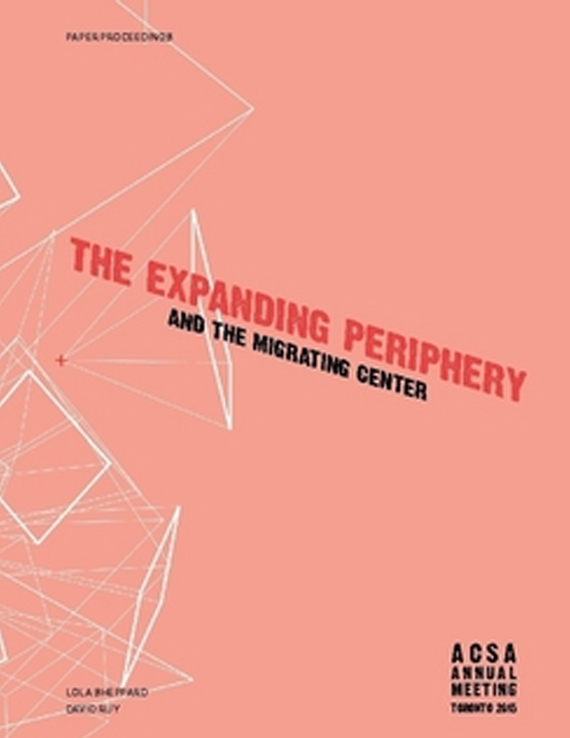Author(s): Luis Diego Quiros Pacheco
Socio-spatial theorist Neil Brenner argues that even as planetary urbanization has expanded and evolved, urban production “remains a fundamentally capitalist process.” As a result, cities worldwide are plagued with social and spatial situations that for critics like David Harvey exemplify the imperfections of the economic model. One of them is the loss of power that central social and administrative institutions – such as municipalities and local governments, have to manage, invest and produce a more democratic and equal city. Consequently, understanding the holistic apparatus that enables social and urban changes – especially when it comes to the economic and institutional sustainability of a long-term project such as Medellín’s urban and social transformation is critical. As such, Medellín’s Transformation Model presents a unique opportunity to analyze the role that different institutions, programs and agents of change played in the city’s evolution from the most dangerous city in the world to the most innovative. And so, as many architects and urban planners naively argue that it was mainly a series of spatial interventions that triggered the transformative process, this paper explores the principles, institutions and political changes that in fact made the territorial interventions possible and feasible. In particular, the paper examines the role that two important institutions have as financial and technical supporters of the project: Medellín’s Public Utilities Company [Empresas Publicas de Medellín or EPM] and the Urban Development Company [Empresa de Desarrollo Urbano or EDU]. These two companies are vital in the city’s development efforts as they provide economic and technical resources that enable the Municipality to act through participatory processes on behalf of the population. This topic is critical because as municipalities and institutions around the world struggle to meet financial obligations – as revenues decline and costs increase, the role that the EPM and EDU played in Medellin’s makeover serves as an example of a model that goes from production of capital to design and action at multiple scales.
Volume Editors
David Ruy & Lola Sheppard
ISBN
978-0-935502-95-4

 Study Architecture
Study Architecture  ProPEL
ProPEL 
